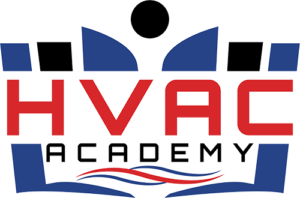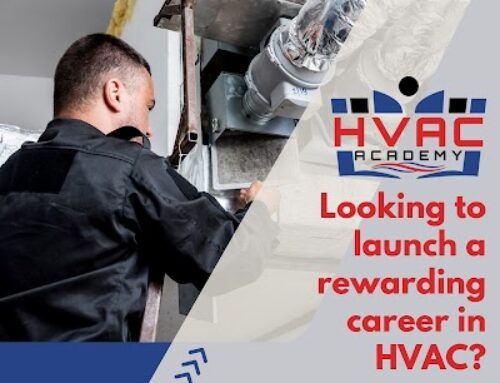If you’re considering a career in heating, ventilation, and air conditioning (HVAC), getting certified is your first major step toward success. HVAC professionals are in high demand, and certification shows employers and clients that you have the knowledge and skills to do the job safely and effectively. Here’s a simple guide to help beginners navigate the certification process.
📘 Step 1: Understand What HVAC Certification Is
HVAC certification is a credential that proves your competence in installing, maintaining, and repairing HVAC systems. Most employers require technicians to have certifications from organizations like:
EPA Section 608 Certification (required by law for working with refrigerants)
NATE Certification (North American Technician Excellence)
HVAC Excellence Certification
These certifications show that you’ve mastered the basics and can handle more advanced systems and responsibilities.
🎓 Step 2: Enroll in an Accredited HVAC Technician Training Program
Before getting certified, you’ll need to complete a training program. Choose a reputable school that offers:
Hands-on learning
Accelerated training options
Job placement assistance
EPA 608 prep
Look for programs that can be completed in less than a year so you can start your career faster. Many community colleges and trade schools offer flexible schedules for working students.
🧰 Step 3: Get Hands-On Experience
Training is just the beginning. Many certifications require real-world experience, either through:
On-the-job apprenticeships
Lab simulations during training
Internships through your school
Gaining experience helps you apply classroom knowledge and build confidence working on residential or commercial HVAC systems.
✅ Step 4: Pass the Certification Exams
Once you’ve trained and practiced, it’s time to take your certification exams. Depending on the certification, tests may cover:
Electrical fundamentals
Refrigerant cycle and handling
Installation procedures
HVAC troubleshooting
The EPA 608 exam is mandatory for anyone working with refrigerants and includes a core exam plus Type I, II, or III, depending on the equipment you plan to work on.
💼 Step 5: Start Your Career as a Certified HVAC Technician
After passing your exams and earning certification, you’re ready to begin your career! Certified HVAC technicians enjoy:
Competitive salaries
Opportunities for specialization
Job stability in a growing field
The option to work in residential, commercial, or industrial settings
Some states may also require licensing in addition to national certification, so be sure to check your local requirements.
Getting HVAC certified is one of the smartest moves you can make if you want a rewarding, hands-on career. With the right training program and support, you can become certified in under a year and start earning right away. Whether you’re fresh out of high school or making a career change, HVAC is a path full of opportunity.
Register for our HVAC Technician Training Program for a brighter future ahead.







Leave A Comment